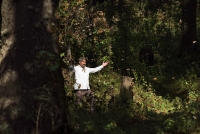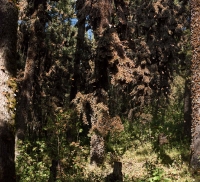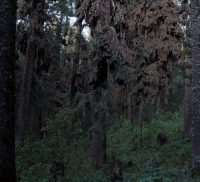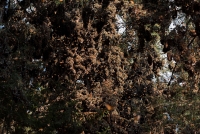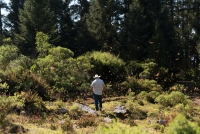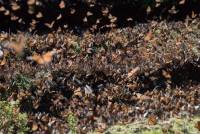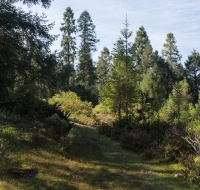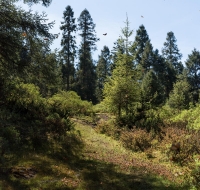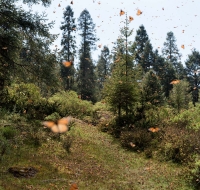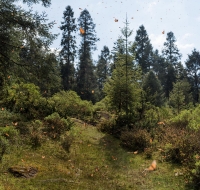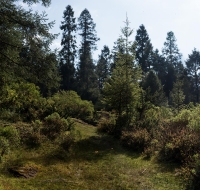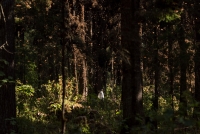In Monarcas, intensive photographic reproduction reflects the desire to appreciate and experience life in the face of rapid species decline and extinction. It has implications about attempts to understand and describe the natural world and is grounded in the human need and struggle to preserve our environment. It will likely serve as an archive of life lost forever.
There are two parts to Monarcas. One, a series of time lapse images, describes habitat, population density, and behavior of the butterflies over the course of the day. The photographs were made with two cameras shooting in tandem in order to make prints up to five by five feet. The second part involves other photos that are descriptive of behavior, artifacts from field work, field notes, and portraits. One such is of Homero Gomez, an activist who worked for conservation and indigenous land rights until his recent abduction and murder. Homero’s place in this work is under consideration as I attempt to return to Michoacán and work again with the community there.

